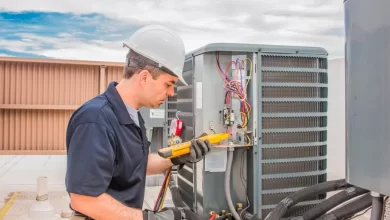Security Architect to Monitor Your Networks
Network Security Architecture

Security Architects are here to help and monitor Your Networks
The Security Architect list requirements for routers, LANs (local area networks), WANs (wide area networks), firewalls, VPNs (virtual private networks), and other susceptible network devices.
A Secure Network Strategy to Win the War Against Ransomware: Making Prevention a Priority
Security Architects and the U.S. Department of the Treasury took a series of actions in September to combat ransomware. The war included sanctioning a virtual currency exchange that facilitates financial transactions for ransomware actors. Treasury’s actions follow a recent Transportation Security Administration (TSA) security directive requiring owners and operators of critical pipelines.
As federal agencies try to combat ransomware, Liska noted several challenges. “The biggest challenge is managing assets,” he said. The majority of federal agencies don’t even know what kind of defense they have against hackers.
Cobalt Strike is a good example. There are a lot of tools that the ransomware actors use to the red team. Pay attention to behavior that happens at odd hours. Unusual activity varies from network to network, so first you have to understand your network and consult a security architect before you can figure out what is the baseline and what is unusual.
SECURITY ARCHITECT FOR ZERO TRUST NETWORKS
Many organizations are beginning to adopt zero trust as a security strategy. The zero-trust security model requires strict identification and device verification. In addition to protecting network information, this technology reduces the risk of a breach, improves visibility into network traffic, and increases control over cloud environments. IT specialists can deploy microsegmentation to create “walls” within their networks. It helps to limit the scope of a breach to only what is inside the breached wall.
Are you interested in 24/7 security and cyber threats monitoring? Visit us!





